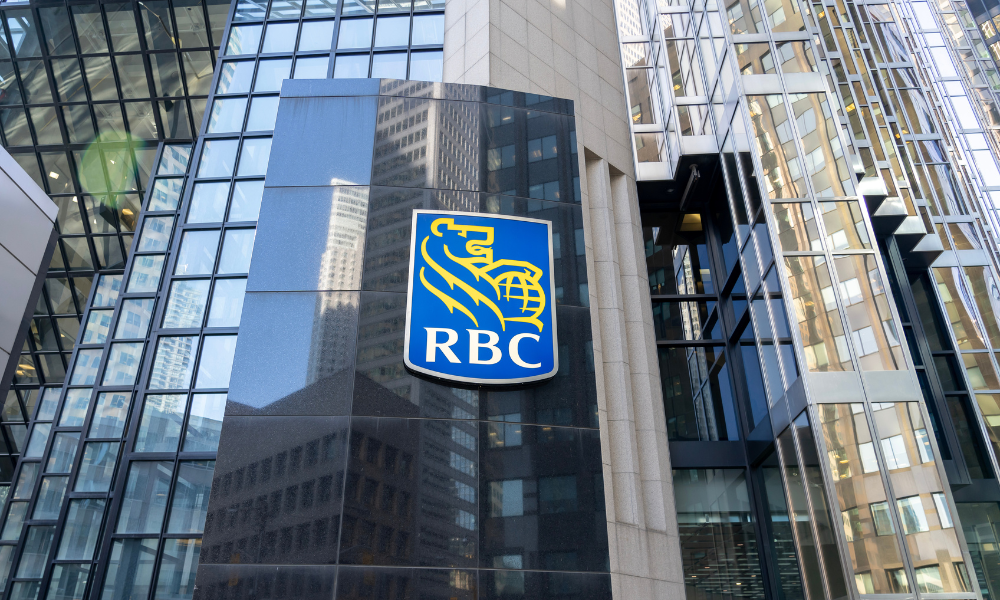How are Canada's big banks faring against the OSFI's buffer requirement?

Despite the rocky road ahead for Canada’s economy, the country’s big six are confident their cash reserves will see them through it.
Banking leaders came together at the RBC bank CEO conference on Monday. Many expressed their ability to meet the higher capital requirements imposed by the OSFI last December, when economic troubles required the regulatory body to strengthen capital buffers.
Royal Bank of Canada chief executive Dave McKay said RBC had stayed ahead of the new, 11% buffer requirement despite its ongoing $13.5 billion acquisition of HSBC Canada, which it took into consideration. McKay added that RBC had plenty of time to adapt in case the OSFI announced a further increase to the required capital ratio.
Read more: Canadian banking regulator announces boost to extra capital buffer
While McKay acknowledged that the housing market downturn could result in an increase in mortgage defaults, the leader did not think this would be a significant stress on RBC’s capital. Only a small percentage of RBC’s borrowers had low collateral in their home on top of a risk for payment crunch, the Canadian Press reported.
CIBC chief executive Victor Dodig shared McKay’s sentiment. He said that the downturn put more pressure on consumers than banks, which had cash reserves in place and the capacity to divert spending.
“This is not a bank credit issue,” Dodig said. “This is an issue of consumer lifestyle. More money will have to go from discretionary spending to interest expense.”
Read more: How will household debt affect Canadians’ finances in the coming year?
Dodig said CIBC planned to keep its capital buffer 50 basis points above the buffer requirement.
Also attending the leaders’ conference was Scotiabank president Scott Thomson, who met CIBC’s 11.5% buffer goal with a loftier one – a 12% capital ratio by year-end 2023.
“I feel pretty comfortable with getting to that 12% level by the end of the year, and I think that’s appropriate for the environment that we find ourselves in,” Thomson said.
Thomson expected Scotiabank’s capital to increase both from operational growth and changes to international rules on capital assessment this year. He also noted that the bank still had the choice of instituting a dividend reinvestment discount – as other banks have gone ahead and done, the Canadian Press reported.
Read next: How will the Big Six banks’ earnings fare this year?
Superintendent of Financial Institutions Peter Routledge said the recent shift to an 11% buffer was the OSFI’s way of being proactive against economic vulnerabilities, many of which significantly increased in the last quarters of 2022.
“We would rather err on the side of acting too early than be criticized for acting too late,” Routledge said.
What do you think of the banks’ capital buffer outlooks? Let us know in the comments below.



